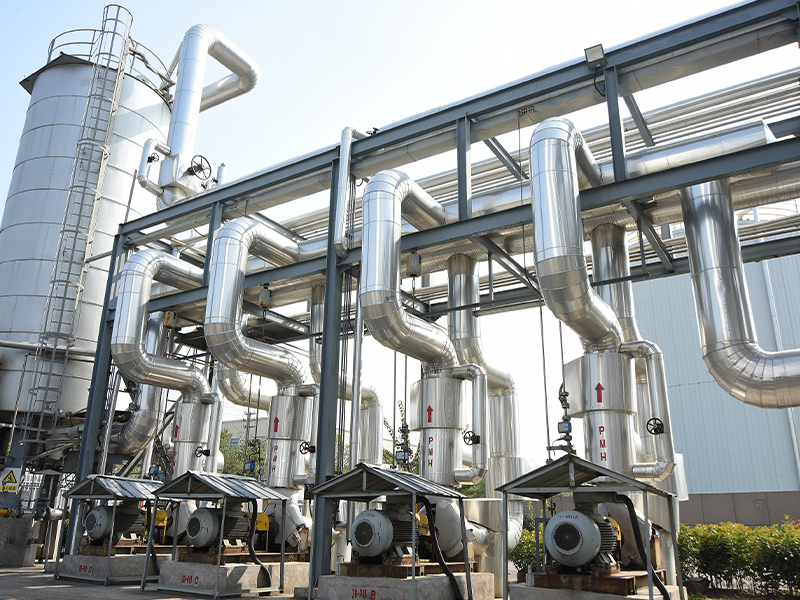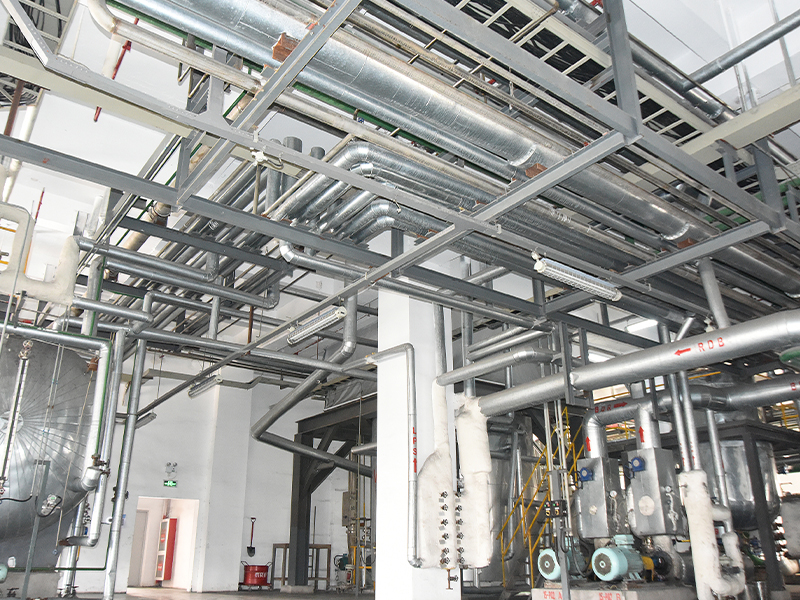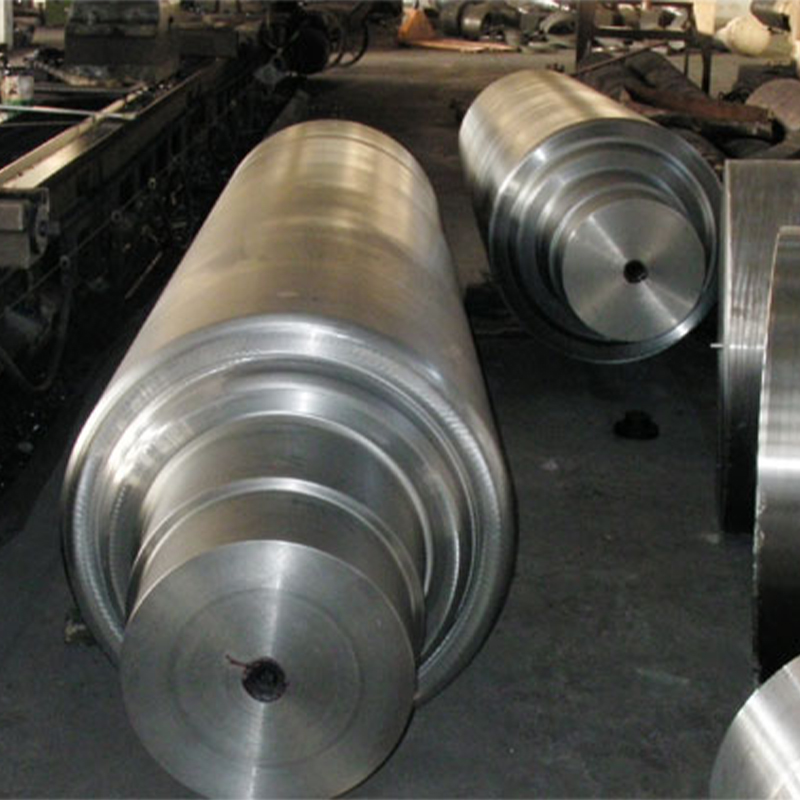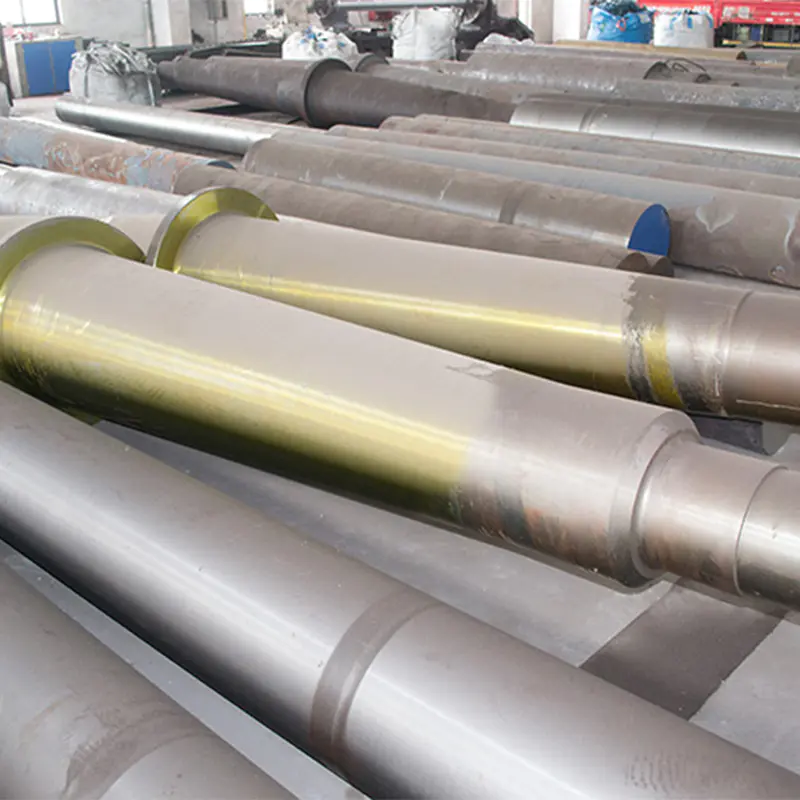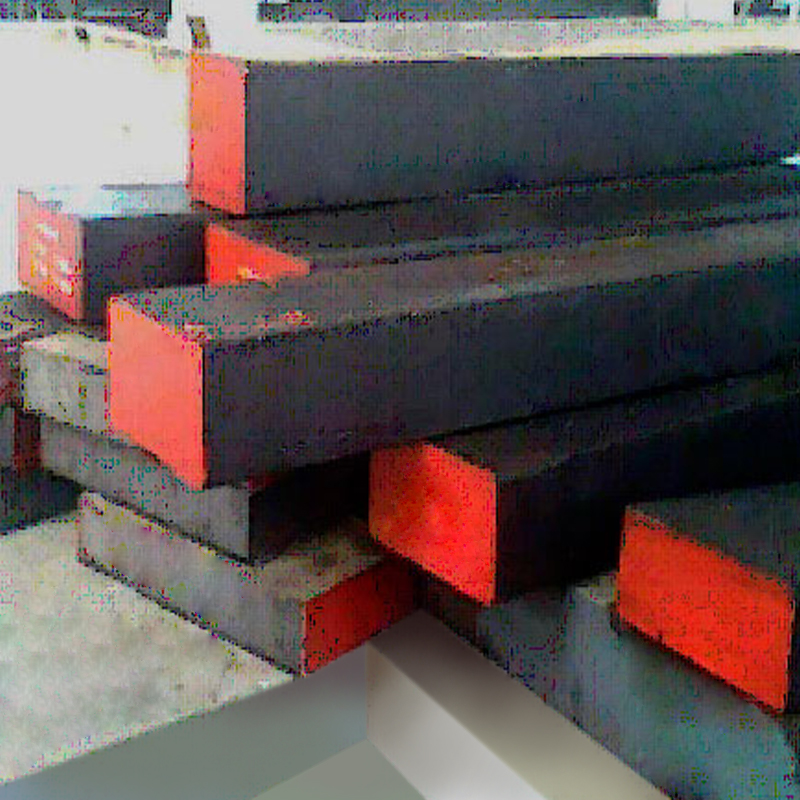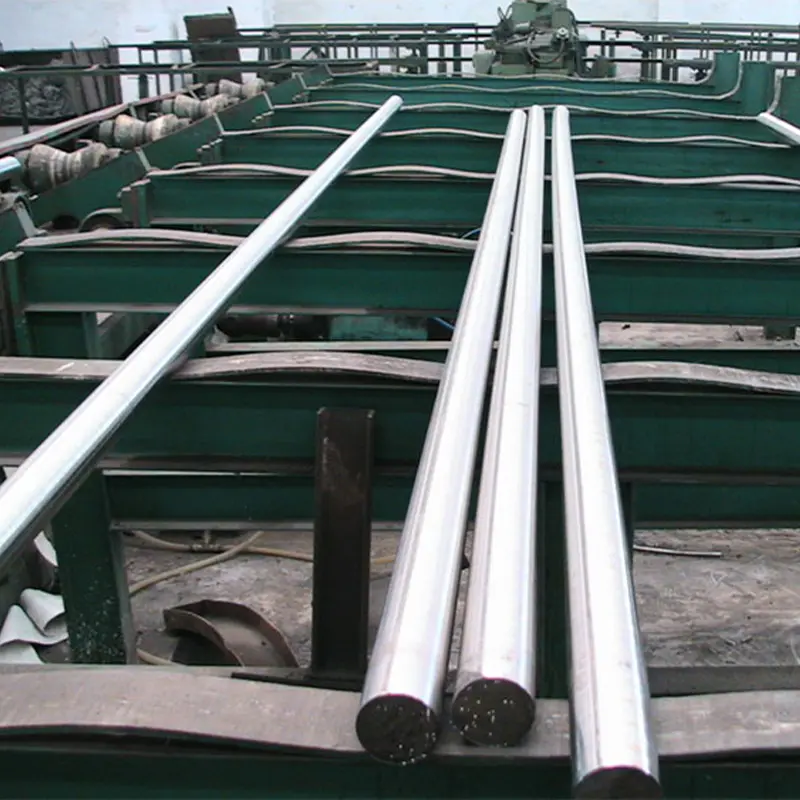
The alloy composition of Alloy Structural Steel Round Bar significantly affects its tensile strength and hardness, which are crucial for determining its performance in various mechanical and structural applications. The presence of manganese increases toughness by enhancing the steel's ability to withstand stress without breaking. Nickel improves overall toughness and impact resistance, making the steel more resistant to sudden loads. Chromium increases the steel's hardness, wear resistance, and ability to resist abrasion, which is valuable in applications that involve contact with hard surfaces or heavy use. Molybdenum, which is often added to improve high-temperature performance, contributes to strength retention at elevated temperatures, which is essential for applications involving high-pressure or heat-intensive environments. The precise balance of these alloying elements allows engineers to tailor the steel for specific performance requirements, whether that’s for machinery components, structural frames, or heavy-duty parts.
The corrosion resistance of Alloy Structural Steel Round Bar is another critical factor influenced by its alloy composition. Chromium, which is one of the key alloying elements, forms a passive oxide layer on the surface of the steel, protecting it from corrosion and rust. This is particularly valuable in environments where the steel is exposed to moisture, such as marine, chemical processing, or outdoor construction applications. In addition to chromium, elements like nickel and copper further enhance corrosion resistance, particularly in environments with high exposure to corrosive chemicals or acidic substances. The level of corrosion resistance can be further adjusted by altering the percentages of these elements in the alloy, providing a broad range of options for specific environmental conditions. For example, higher levels of chromium and nickel are typically used for stainless steel applications, which need to withstand harsher environments without losing their strength or structural integrity.
Heat resistance is a critical property for Alloy Structural Steel Round Bar used in high-temperature applications, such as in power plants, aerospace, automotive engines, and heavy machinery. Molybdenum is often added to enhance heat resistance by allowing the steel to retain its strength and durability under high temperatures. The combination of chromium and vanadium further enhances the material’s ability to withstand thermal expansion and contraction without weakening or warping. For example, molybdenum increases the bar’s resistance to thermal fatigue and creep, which is the slow deformation of a material when exposed to high stress and temperature over time. This makes Alloy Structural Steel Round Bar suitable for components in hot environments where materials are subjected to thermal cycling. Elements like nickel and aluminum help in maintaining the material's stability in varying thermal conditions, ensuring it remains strong and reliable over prolonged exposure to heat.
The alloy composition of Alloy Structural Steel Round Bar significantly affects its weldability, which is an essential factor for applications involving assembly or repair work. High carbon content in the steel typically reduces its weldability because it increases the risk of cracking during cooling after welding. However, low-carbon alloys with the proper balance of other elements like nickel and manganese tend to have better weldability, allowing them to be welded more easily without compromising their mechanical properties. Some alloys may require pre-heating or post-welding heat treatment to prevent issues like distortion, cracking, or residual stress. Nickel, in particular, helps improve the steel’s ability to absorb heat during welding, making the material more forgiving in high-heat applications.



 English
English русский
русский Español
Español عربى
عربى